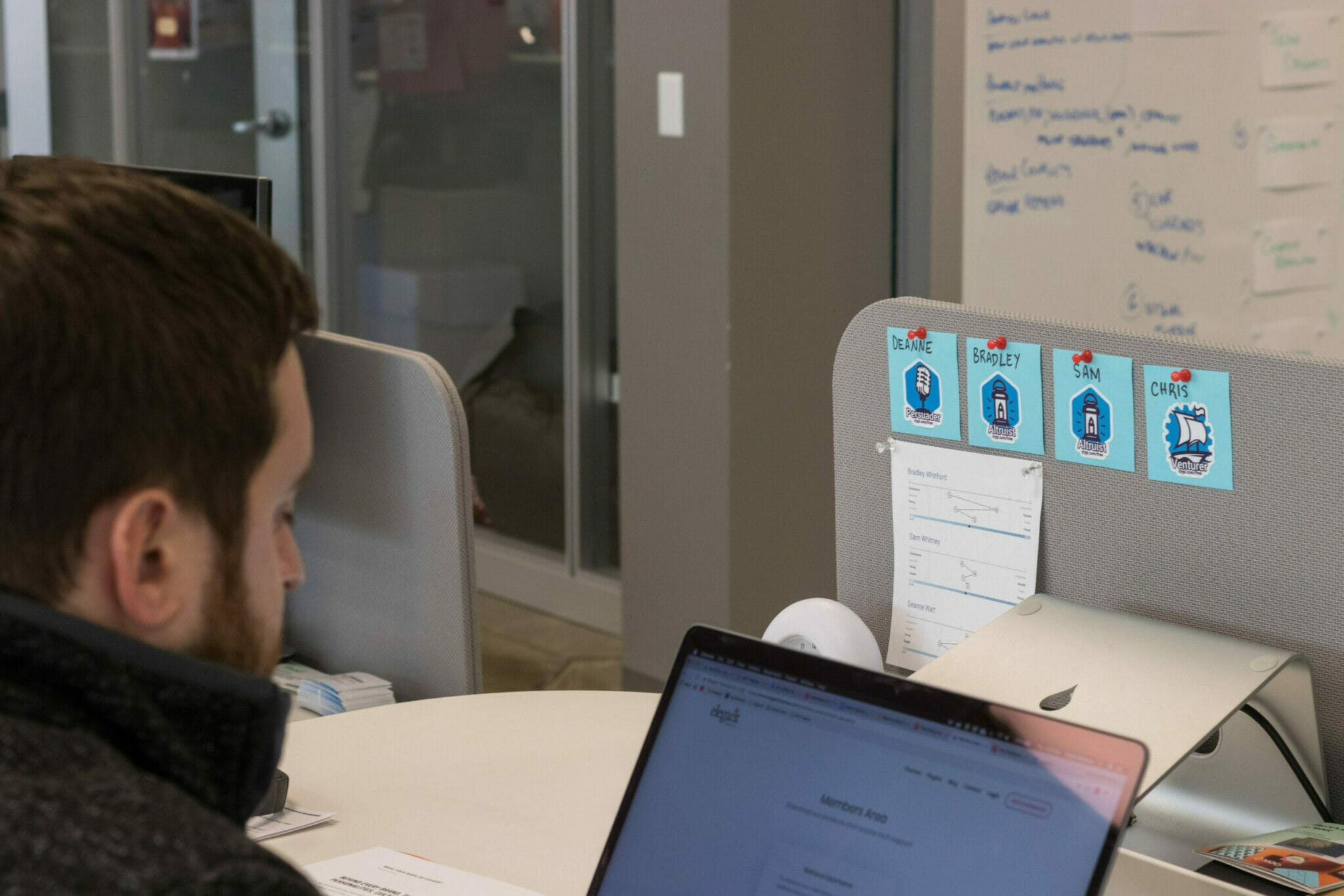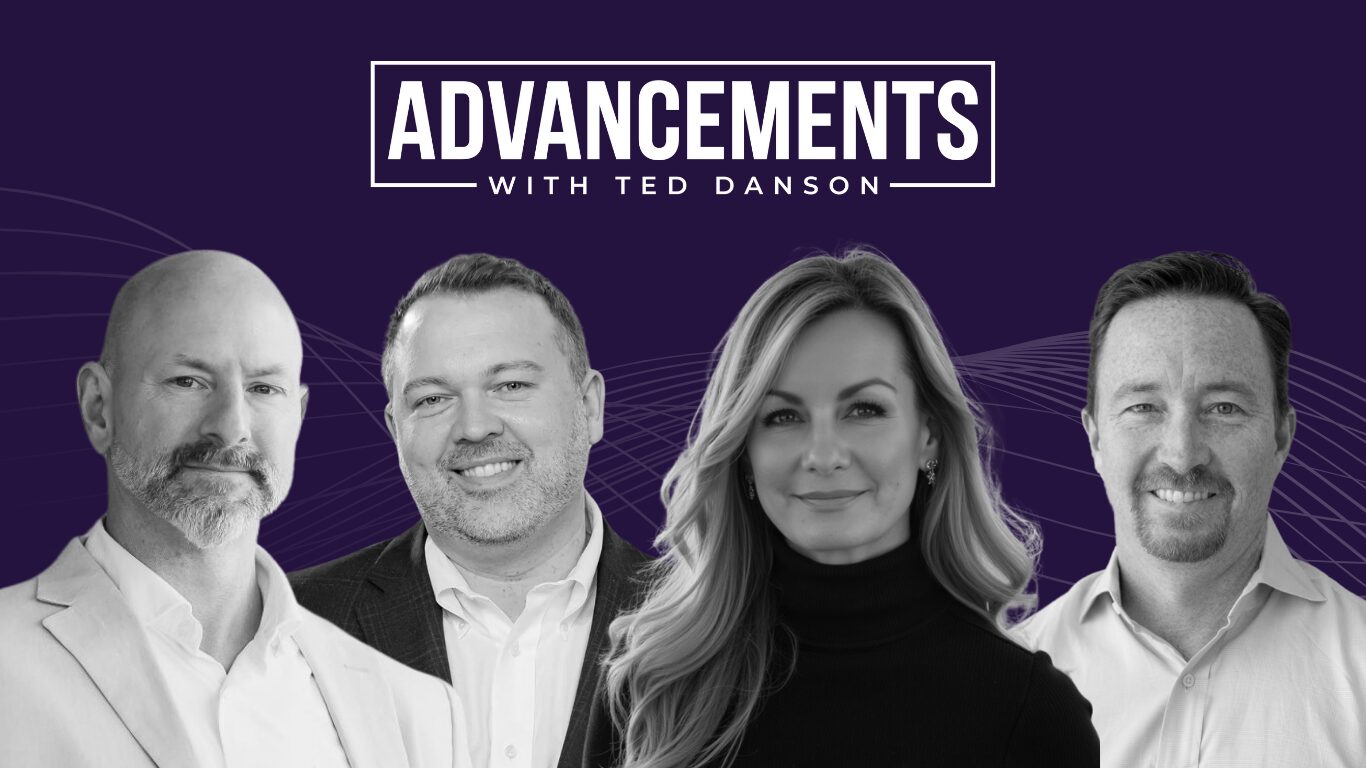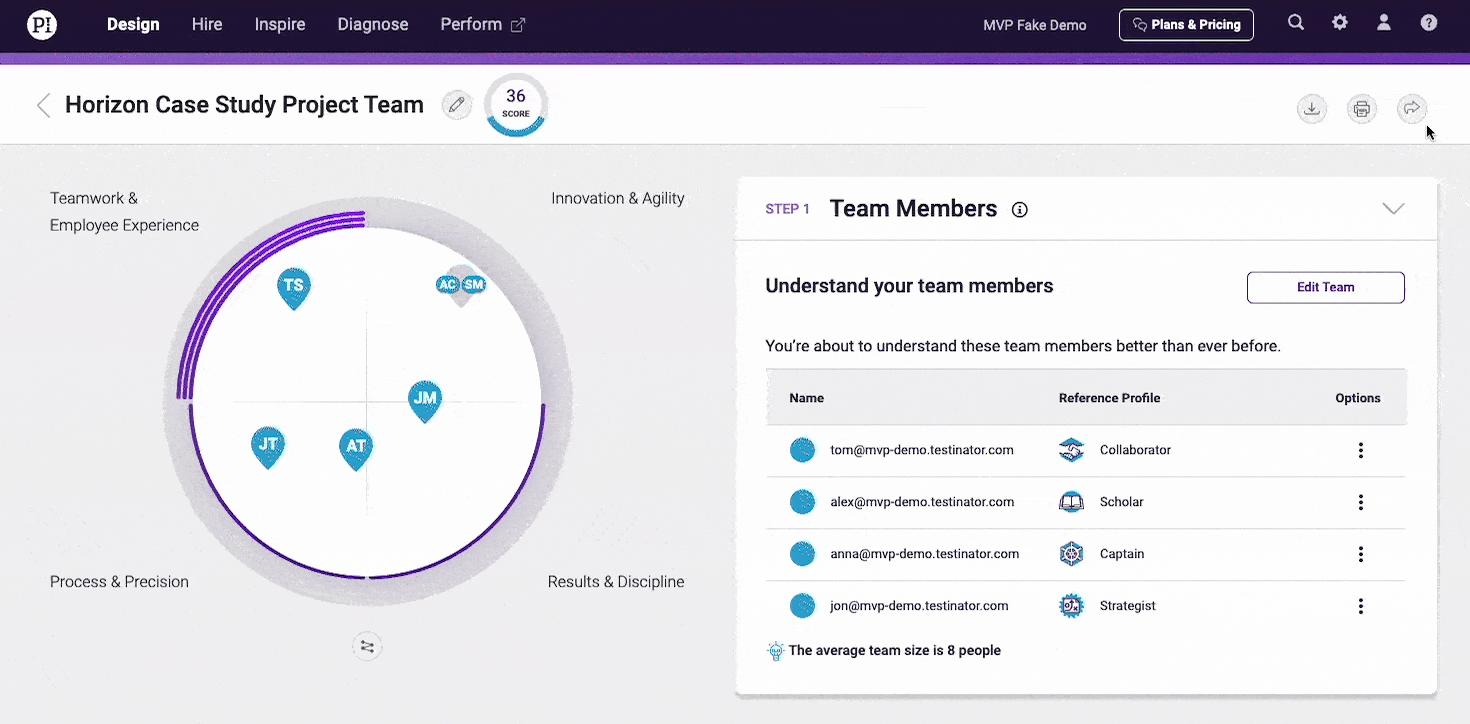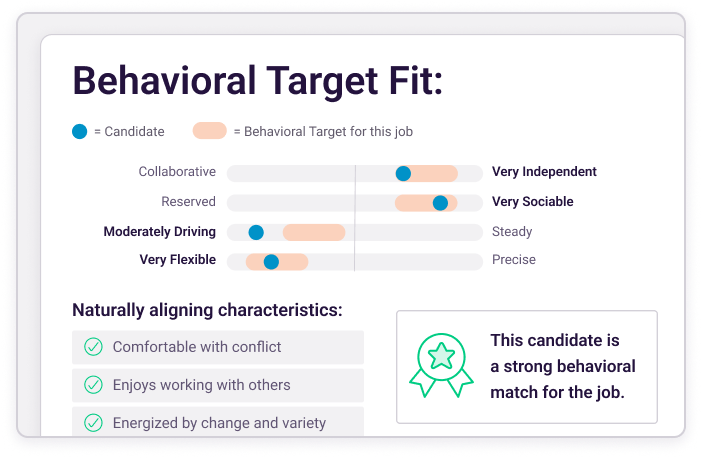Even the best leaders may have room for improvement—but figuring out the best areas for focus might not always be so obvious.
That’s why many organizations employ Training Needs Analysis (TNA) tools to assess potential skill gaps and align leadership training with broader organizational goals.
Below, we’ll take a closer look at:
- What a training needs analysis is (and how it compares to a skills gap analysis)
- The different types of TNAs you can use
- A step-by-step guide for running effective training
- Other tools to support smarter leadership development and employee performance

Give your managers the tools to become outstanding leaders.
The best managers are developed and equipped with the right tools to help them grow—to navigate difficult conversations and support the growth of those around them. Strengthen your management and strengthen your business with PI for managers.
What is a training needs analysis?
A training needs analysis is a process for identifying the skills employees and leaders need to meet organizational goals. It ensures training is targeted, efficient, and aligned with business objectives.
While TNA and skills gap analyses share certain similarities, there are some important distinctions. For example, TNA tends to focus more on big-picture future development goals (i.e., not just existing gaps in skill).
TNA provides leaders with a roadmap for continuous growth, and can help ensure they stay prepared for any evolving challenges ahead.
Types of training needs analyses
There are three primary types of TNA:
- Organizational training needs analysis: This approach tackles company-wide skill gaps by evaluating internal performance, and how they align with organizational initiatives.
- Occupational training needs analysis: Targets skills required for specific roles or departments. Typically used to ensure team members can meet the demands and expectations of their role(s), as well as employee knowledge.
- Individual training needs analysis: Focuses on personal development, using performance reviews and feedback to guide participants along a tailored learning plan. Typically focuses on the job role and how well the applicant fits into the job description itself.
Benefits of a training needs analysis
A well-thought-out training needs analysis can offer a lot more to organizations than mere insights alone. For example:
- Maximizes training efficiency: Focuses resources on high-priority needs, ensuring development efforts aren’t wasted.
- Boosts engagement and job satisfaction: Personalized learning plans motivate employees and help them excel in their roles, improving retention in the process.
- Tracks measurable impact: Training needs assessments provide clear metrics for evaluating the success of training programs.
- Future-proofs the workforce: Continuous learning prepares teams for evolving business needs.

How to conduct a training needs analysis
Conducting an effective training needs analysis involves a series of straightforward, but important steps for employee training:
Define your training objectives.
Identify the business outcomes you want to achieve through training. These objectives should align with company goals—whether improving customer satisfaction, increasing sales, or boosting employee morale. Defining these outcomes ensures that the entire process stays focused on measurable results. Make sure you’re incorporating important stakeholders into the process, too.
Assess current skills and ways to identify gaps.
Collect data through performance evaluations, surveys, or interviews to identify where employees fall short. This will help inform the training content and specific training(s) that will be helpful for your organization.
Use assessments to compare current skills against desired competencies, focusing on behaviors that drive business results. Remember though: not all gaps can be closed through training—some might require new hires with specialized skills.
Prioritize training needs.
Evaluate the importance and prevalence of each skill gap. You can even rank gaps based on how critical they are to business goals, or how widespread they are among employees.
From there, you can focus resources on areas where training will provide the most meaningful impact for your organization.
Learn more: How to conduct a skills gap analysis: a step-by-step guide
Execute and review training.
Deliver training through the most effective methods—whether on-the-job training, instructional mentoring, certifications, online courses, or workshops.
Finally, take care to track your learner’s progress with follow-up assessments, making sure to gather feedback to refine future efforts. Those performance metrics will come in handy to ensure the training achieves the desired outcomes and develop future training plans to improve job performance.
Learn more: Effective manager leadership training for team success
Common tools and resources in a training needs analysis
Practical tools: Interviews, questionnaires, and self-assessments are straightforward ways to gain insights into leadership skill levels and potential areas for growth. Observations let managers directly assess behaviors in the workplace to spot performance gaps. Focus groups can also be helpful here.
Tech solutions: Learning Management Systems (LMS) like online platforms, can be especially effective training programs.
Analytical methods: Frameworks like SWOT analysis identify strengths, weaknesses, opportunities, and threats.
Job mapping defines the responsibilities required for roles, while competency frameworks set the knowledge and skills needed to succeed. This can also be helpful for determining where current training may fall short.
Custom assessments and metrics: 360-degree feedback collects performance input from peers, managers, and subordinates. Job simulations provide real-world scenarios to assess skills under pressure, while formal tests offer objective skill measurement and recommendations for development plans.
Learn more:
Improve leadership skills with The Predictive Index
The Predictive Index empowers managers with the tools they need to become better leaders by leveraging behavioral insights.
From conducting meaningful 1:1’s to boosting employee engagement, PI helps managers tailor their leadership style to meet individual team needs—from providing strategies for conflict resolution, employee feedback, and goal-setting to promote accountability and employee skills.








